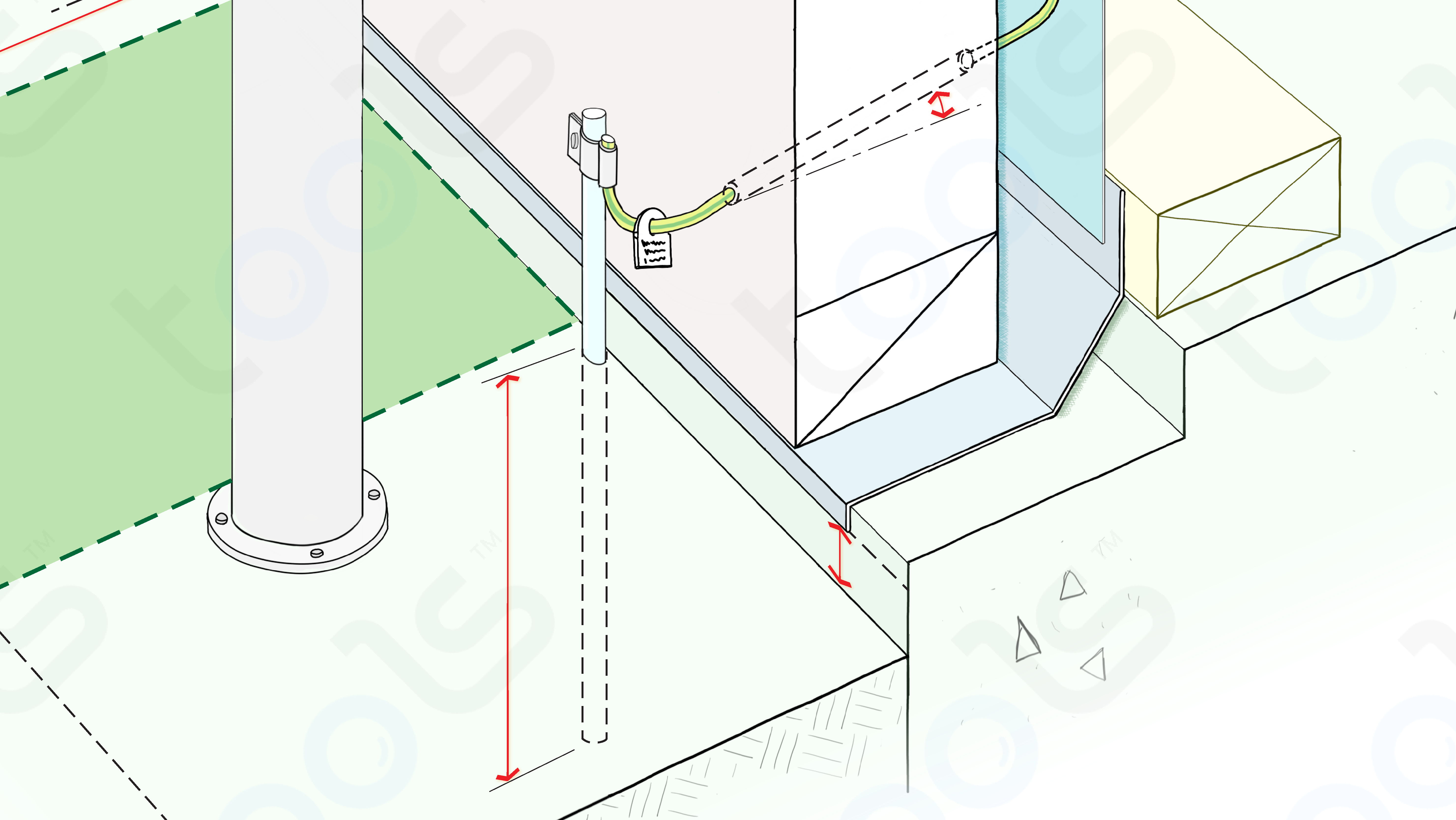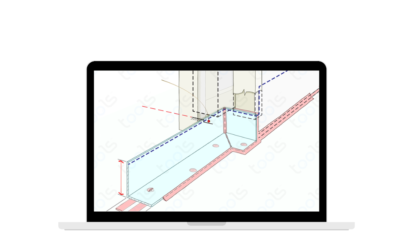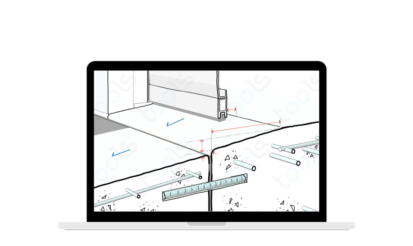When it comes to electrical work in our homes or buildings, we often leave it to the experts – the electricians. However, as designers, builders, or even homeowners, it’s essential to have a basic understanding of earthing in electrical systems. Knowing the fundamentals not only ensures safety but also helps prevent costly mistakes during construction or renovation projects.
The Basic Rules of Earthing
Every Electrical Installation Must Be Earthed: This is a fundamental rule. Earthing ensures that in the event of a fault, excess electricity is safely directed into the ground rather than causing harm to people or equipment. So, whether it’s your home or a commercial building, all electrical systems must be properly earthed.
Connecting All Conductive Metals to the Earth System: In any structure, there are numerous conductive materials, from metal pipes to steel reinforcement. These must all be connected to the earth system. This is crucial to prevent the build-up of electrical charges that can lead to dangerous situations.
Earthing in Wet Areas: Wet areas, like bathrooms and kitchens, pose a unique set of challenges. Here, reinforcement materials (such as steel bars) must be properly earthed to prevent the risk of electric shocks due to the presence of water. Safety is paramount, and proper earthing can save lives.
Pool Fences and the “Arm’s Length Rule”: If you have a swimming pool or any structure with metal components that could be touched while standing at arm’s length, it must be earthed. This is a safety measure to prevent electric shock incidents, especially in areas where people may come into contact with the structure.
Renovations and Earth Protection: When renovating your home or building, it’s crucial not to overlook the earth protection already in place. Major renovations can inadvertently remove or disregard the necessary earthing, which can compromise safety. It’s essential to work with knowledgeable professionals who understand and respect these electrical safety measures.
Collaboration is Key
Electricians are the experts when it comes to implementing proper earthing in electrical installations. However, as designers, builders, or homeowners, we all share the responsibility of ensuring that these essential rules are followed. When you see a young electrician who might be unsure about earthing, lend a helping hand, and guide them to ensure they follow the correct procedures.
Using Tools™ for Better Compliance
To make it easier for everyone involved in construction and renovation projects, Tools™ is available. Tools™ helps prevent costly mistakes and maximises efficiency by transforming the National Construction Codes (NCC) into interactive, easy-to-understand graphics. It also incorporates deemed-to-comply and best practice information where appropriate, making it easier for professionals and homeowners to ensure compliance with safety regulations.
Earthing in electrical installations is a shared responsibility that impacts our safety and the safety of those around us. By understanding and following these basic rules, we can create a safer environment for everyone.
So, let’s work together, educate one another, and make sure that electrical safety is a priority in all our projects.

 2 min read
2 min read  06 November 2023
06 November 2023 






